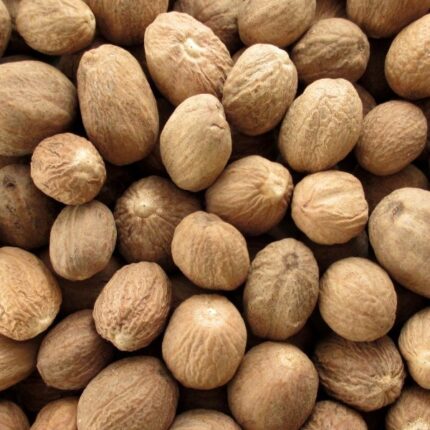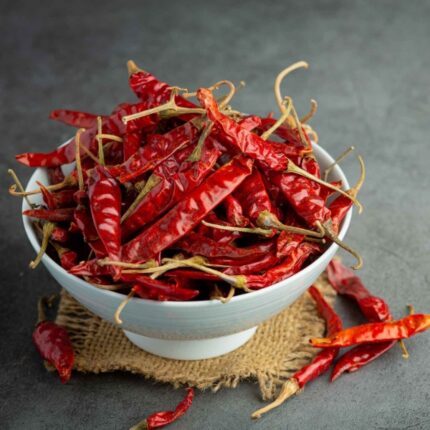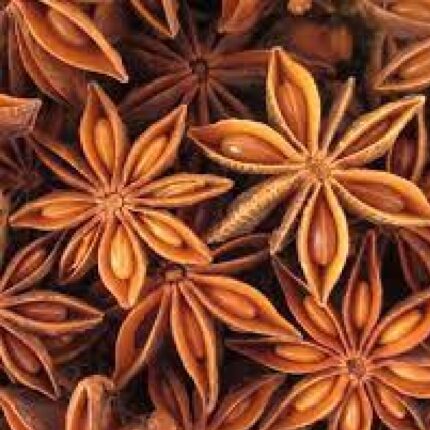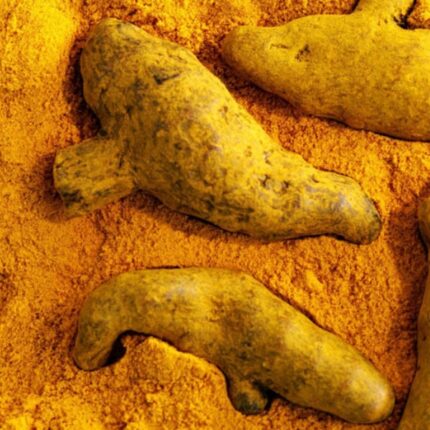Spices
Showing 13–16 of 16 results
Nutmeg
Nutmeg (Myristica fragrans Houtt.) is a spice seed that belongs to the family Myristicaceae. Nutmeg is the shelled, dried seed of the plant Myristica fragrans, and mace is the dried net-like covering of the shell of the seed. Nutmeg and its close relative, mace, have been used extensively in folk medicine for a wide range of ailments, including digestive disorders, rheumatism, cholera, and flatulence.
Red chilli
Chili peppers are widely used in many cuisines as a spice to add pungent 'heat' to dishes.Dried red pepper may be used whole or powdered. India is the largest producer of red chillies. As the name suggests it is red in color and can be consumed as it is or can be broken down and made into a powder. It is really spicy and the intense heat is concentrated in the seeds. Fresh red chillies are milder.
Star anise
Star anise is a spice made from the fruit of the Chinese evergreen tree Illicium verum. It’s aptly named for the star-shaped pods from which the spice seeds are harvested and has a flavor that is reminiscent of licorice. Because of similarities in their flavor and names, star anise is often confused with anise, though the two spices are unrelated. Star anise is famed not only for its distinct flavor and culinary applications but also for its medicinal benefits.
Turmeric
Turmeric is one of the many Indian spices that have been a part of various traditional cuisines over centuries. Ayurveda has regarded Haldi or Turmeric as one of the most beneficial roots in nature.Turmeric is originally a ginger-like rhizome and is widely used in Indian households not just to give that beautiful, golden colour to food but also to increase the nutrient and medicinal value of what we eat. It is rich in antioxidants and curcumin that increase the body’s immunity and kick out the disease, along with various other advantages like improving brain and heart function and possible treatment for cancer-causing cells.




